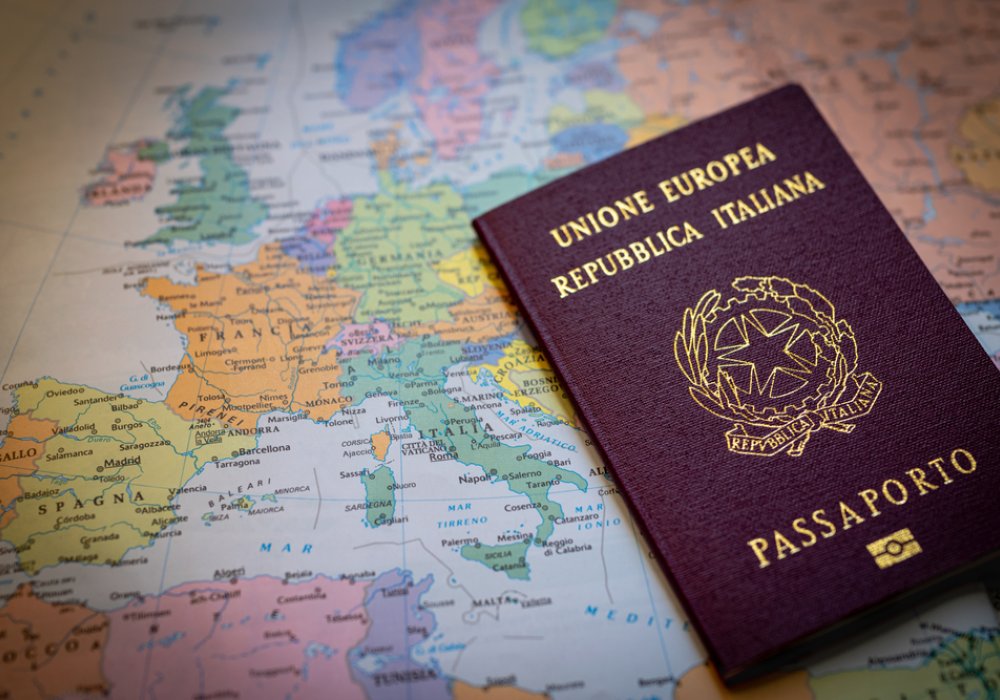Timelines to receive Italian citizenship

If your Italian Consulate here in the U.S. has fully reopened their “Prenot@mi” online booking system, the average timeline to get an appointment is approximately 2 years with a few exceptions such as DC with a wait time of about 6 months and SF with a wait time of 3 years+.
Is that acceptable? The answer is “it depends."
Applicants should keep in mind that they really have three options when it comes to applying for Italian citizenship by descent:
1. You can keep looking for an appointment with the Italian Consulate, or if you already have one, patiently waiting for your turn. This is undeniably the least expensive option if you are the only applicant or if multiple family members apply at same Consulate.
2. You can turn to the Italian Courts if you don’t want to wait years or if it is literally impossible to find an appointment. This option is called Denial of Justice; it does not require establishing residency in Italy but has an additional cost. NOTE: Applicants who are the descendants of “female” ancestors may be required to apply through the Italian Courts to challenge the 1948 Rule.
3. You can establish permanent residency in Italy so you can apply at the local town hall where you residency is. This option can be costly as well.
Let’s analyze the pros and cons of each option:
Applying at the Italian Consulate
There are several good reasons to apply at the Italian Consulate:
- It does not require moving out of your country.
- Multiple family members who reside under the same Consular jurisdiction can apply together (only adult applicants are required to book a separate appointment) and
- The “application fee”, is only Euro 300 per adult applicant and is paid directly to the Italian Consulate.
NOTE: This does not include the cost of putting together the document portfolio that applicants will present to the Italian Consulate: acquiring all the required documents (issued in a specific format, certified by the right clerk or registrar), addressing discrepancies, affixing the apostilles, and translating the U.S. records to Italian.
So far so good, however if multiple family members reside under different Italian Consular jurisdictions, they will have to present separate document portfolios all in original.
In addition, finding an appointment may take a while.
Applying Through the Italian Courts (Denial of Justice)
This consists of filing a court action in Italy against the delay and requesting adjudication by the court if you have evidence that it is impossible to obtain an appointment within a reasonable timeframe at the Italian Consulate where you live.
NOTE: This option does not require taking formal residency in Italy.
To petition the Italian Courts, it is imperative to prove that the applicant cannot book an appointment at the Italian Consulate that has jurisdiction over the State where he or she resides.
In this case, multiple family members can apply at the same time, if they are able to prove their inability to find an appointment.
While the timeline is potentially much shorter (approximately 12 to 18 months), the cost is higher for two reasons:
There will be the fee to have an Italian law firm represent the applicant/s in court, plus court fees and government fees. Multiple adult family members can usually be included in the petition for a fraction of the cost, while minors are included for free.
In addition, the Italian Courts may require some additional documents with additional apostilles, and all the translations to Italian must be certified by a local court in Italy.
Applying at the Town Hall in Italy
This option ONLY makes sense if the applicant is planning to get permanent residency in Italy.
While it is true that it is possible to receive Italian citizenship faster than by going through the Italian Consulate, the timeline is based on the processing times of each town. Beware of agencies who “sell” you a specific town hall with processing times of less than six (6) months; that may not be true and may be quite risky.
Once the applicant officially takes residency in Italy by registering with the Anagrafe office of the Comune (a condition that makes it possible to apply in Italy), he or she will be classified as a resident of Italy for tax purposes.
In addition to being a much more expensive option, because you are required to go to Italy, rent a place to stay, etc., you may end up owing taxes to the Italian government.
Also in this case, the Town Hall may require some additional documents with additional apostilles, and all the translations to Italian must be certified by a local court in Italy.
Is there a “moral” to this story? Yes, and more than one:
Each applicant should carefully review their options and ONLY choose the one that makes more sense both financially and logistically.
In order to make a choice, be EDUCATED, talk to a reputable professional who has experience in this area and ask the right questions!
My Italian Family is here to help. We can determine if you qualify AND provide you with a free personalized estimate; simply fill out this form
As always, our phone lines are open and you can easily book your free call with us!
If you already know that you qualify and you are ready to get started, sign up for our Full Assistance Start-to-Finish Program: we will acquire all the needed vital records from both Italy and the U.S., process all the required amendments, and complete your portfolio with apostilles and translations to Italian. We’ll prepare you for your appointment at the Italian Consulate, instruct and coach you if applying in Italy, or introducing you to our affiliate Italian law firm for handling the 1948 Challenge Lawsuits.
© 2023 MY ITALIAN FAMILY, LLC. All rights reserved.
